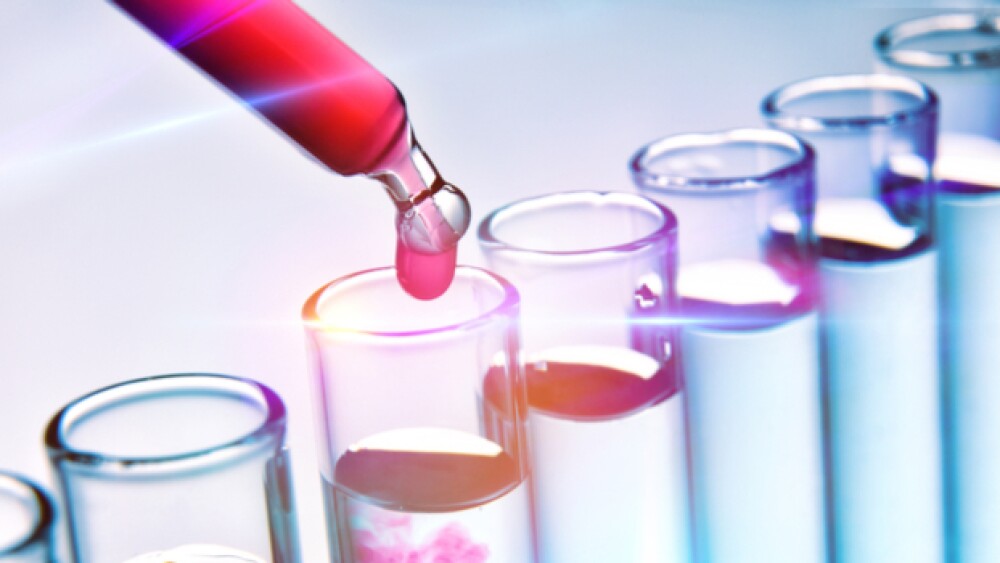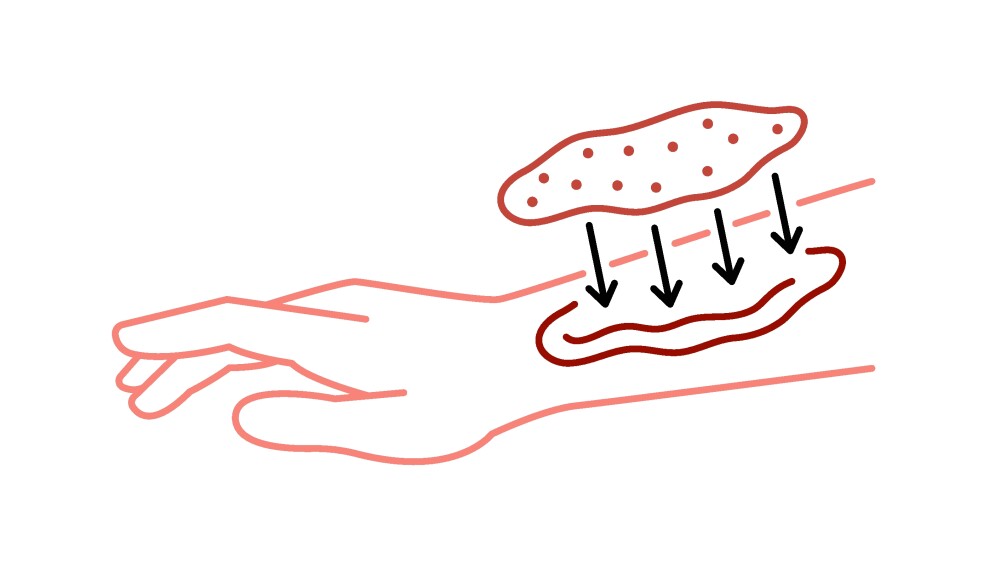There are plenty of great scientific research stories out this week. Here’s a look at just a few of them.
There are plenty of great scientific research stories out this week. Here’s a look at just a few of them.
Green Tea and Carrots Reversed Alzheimer’s Symptoms in Mice
Researchers at the University of Southern California fed mice a diet containing compounds found in green tea and carrots which reversed Alzheimer’s-like symptoms in mice that had been programmed to develop the disease. The two compounds were EGCG or epigallocatechin-3-gallate, found in green tea, and ferulic acid (FA), found in carrots, tomatoes, rice, wheat and oats. They published their research in the Journal of Biological Chemistry.
“You don’t have to wait 10 to 12 years for a designer drug to make it to market; you can make these dietary changes today,” stated senior author Terrence Town, professor of physiology and neuroscience at the Keck School of Medicine of USC’s Zilkha Neurogenetic Institute. “I find that very encouraging.”
He went on to say, “After three months, combination treatment completely restored working memory and the Alzheimer’s mice performed just as well as the healthy comparison mice.”
They randomly assigned 32 mice with Alzheimer’s-like symptoms to one of four groups. The mice were fed a combination of EGCG and FA, or EGCG or FA only, or a placebo, for three months. The dosage was 30 mg per kilogram of body weight, an amount that could be easily eaten by people as part of a healthy, plant-based diet or as a supplement. The researchers believe that the compounds, in part, prevent amyloid precursor proteins from breaking into the smaller proteins called amyloid beta that are key to Alzheimer’s development. They also seem to cut neuroinflammation and oxidative stress in the brain.
Possible Alzheimer’s Diagnosis Via Eye Exam
Scientists at Duke University Medical Center found that loss of blood vessels in the retina could be signs of Alzheimer’s disease. They analyzed more than 200 people at the Duke Eye Center. The research was published in the journal Ophthalmology Retina.
“We’re measuring blood vessels that can’t be seen during a regular eye exam and we’re doing that with relatively new noninvasive technology that takes high-resolution images of very small blood vessels within the retina in just a few minutes,” stated the study’s senior author, ophthalmologist and retinal surgeon Sharon Fekrat. “It’s possible that these changes in blood vessel density in the retina could mirror what’s going on in the tiny blood vessels in the brain, perhaps before we are able to detect any changes in cognition.”
The study found that the web of tiny blood vessels in the back of the eye inside the retina of 39 patients with Alzheimer’s, compared to the 133 patients in a control group, were less dense. The differences were statistically significant after controlling for factors such as age, sex, and education level. The scan was performed using an optical coherence tomography angiography (OCTA), which use light waves to reveal blood flow in every layer of the retina.
A Possible Cure for Malaria?
In 2016, 216 million people around the world became ill with malaria caused by Plasmodium falciparum, with 441,000 dying of the disease. Jorg Mohrle, vice president Head of Translational Medicine of the productive development partnership, Medicines for Malaria Venture (MMV) in Geneva, Switzerland, and with the University of Basel, published research in the journal of the American Society of Microbiology’s Antimicrobial Agents and Chemotherapy, describing a potential new drug that might cure the disease with a single dose. The drug is DSM265.
“A single dose cure would provide a treatment that could improve compliance, reduce development of resistance, and eventually contribute to the eradication of this disease,” stated Morhle, the study’s coauthor. “DSM265 has the potential to become part of such a single dose cure.”
The current treatment requires three days of combination therapy. A companion drug is also needed because of the development of resistance. The malaria parasites have a complicated life cycle, which makes it difficult to completely eradicate the disease once acquired, resulting in possible recurrence. In the study, eight volunteers with blood-stage malaria parasites received an initial dose of DSM265 on day 7. On day 23, seven received a second dose. In those seven, the drug appeared to cure the disease. The eighth patient never developed parasitemia.
Possible New Approach to Treating Leukemia?
Cancer cells utilize sugar faster than healthy cells. They also consume more amino acids, which are the building blocks of proteins and other molecules. Winship Cancer Institute researchers at Emory University have identified a way to exploit that amino acid appetite to selectively block the growth of leukemias. They published their research in the journal Nature Metabolism. They identified a transporter enzyme called ASCT2 that carries amino acids into the cells. The researchers deleted the gene coding for the enzyme. This resulted in extending the survival of mice with acute myeloid leukemia (AML) from 45 days to more than 300 days.
“So far, little progress has been made in finding therapeutic targets in amino acid metabolic pathways that can be harnessed to kill cancer cells but spare normal cells,” stated Cheng-Kui Qu, lead researcher on the project. “This is a highly promising therapeutic target for leukemia. ASCT2 is dispensable for normal blood cell development, but it is required for leukemia development and progression.”
The biggest surprise was that deleting the gene for ASCT2 didn’t significantly disrupt blood cell development. They noted, however, that the mice took longer to recover white blood cell counts after the chemotherapy or radiation treatments. Qu noted, “Although our overall findings strongly suggest ASCT2 as a therapeutic target for leukemia treatment, researchers will need to exercise caution in combining ASCT2 inhibitors with chemotherapy in clinical trials.”
Brains of Hispanic Dementia Patients Look Different than Non-Hispanic Whites and African-Americans
A recent study by researchers at the University of California, Davis found dramatic differences in the brains of Hispanic dementia patients compared to those of non-Hispanic whites and African-Americans. The study was based on broad-ranging analyses of autopsied brains. The research was published in the Journal of Alzheimer’s Disease.
The study looked at 423 brains in individuals from multiple ethnoracial groups. The patients all had dementia and had been evaluated at the University of California Davis Alzheimer’s Disease Center. The team used bootstrap resampling and logistic regression standardization. It has long been noted that Hispanic and African Americans had higher rates of dementia than non-Hispanic whites. This study found that Hispanics and African Americans were more likely to have mixed diseases, such as a combination of Alzheimer’s disease and cerebrovascular disease, as opposed to pure Alzheimer’s disease.
“There is fairly decent evidence today that there are similarities and differences, and that it’s never good to have the brain shrink, particularly around the temporal lobe, but the cause of this dementia seems different depending on whether you’re white, black or Latino,” stated Charles DeCarli, principal investigator. “These differences can be due to numerous factors including cultural, social, economic, and/or behavioral influences.”
He went on to say, “If you are Latino and diabetic or black and hypertensive, you are probably at higher risk for dementia and these risks should be addressed aggressively. It’s a way to tailor our approach to the individual, and it’s something we want to do as early as possible.”
A Blood Test for Post-Traumatic Stress Disorder
Researchers at Indiana University have developed a blood test that could help more accurately diagnose post-traumatic stress disorder, or PTSD. The study tracked more than 250 veterans in over 600 visits at the Richard L. Roudebush VA Medical Center in Indianapolis, attempting to identify a molecule in the blood to track stress intensity. The research was published in the journal Molecular Psychiatry.
Over a decade, they evaluated gene expression in participants in both low- and high-stress states. They narrowed the research down to 285 individual biomarkers related to 269 genes, which were compared to other identified markers of stress and aging.
“There are similar tests like this in other fields, like cancer, where a physician can biopsy the affected part of the body to determine the stage of disease,” stated Alexander Niculescu, who led the study. “But when it comes to mental health, biopsying the brain isn’t an option. Our research is applying similar concepts from other areas of medicine, but we’re engineering new ways that will allow us to track mental symptoms objectively, including stress, using blood, or so-called ‘liquid biopsies.’”





